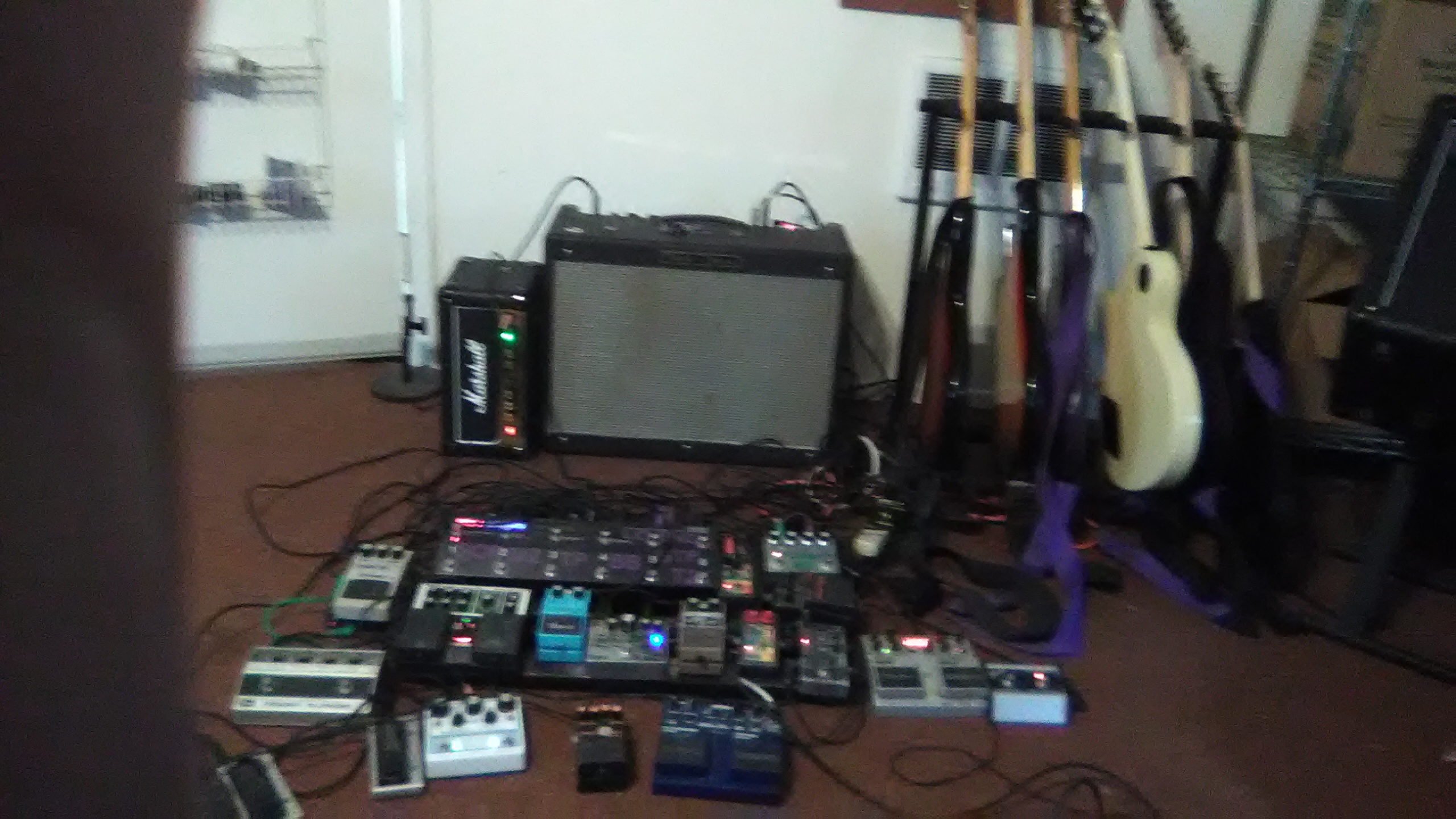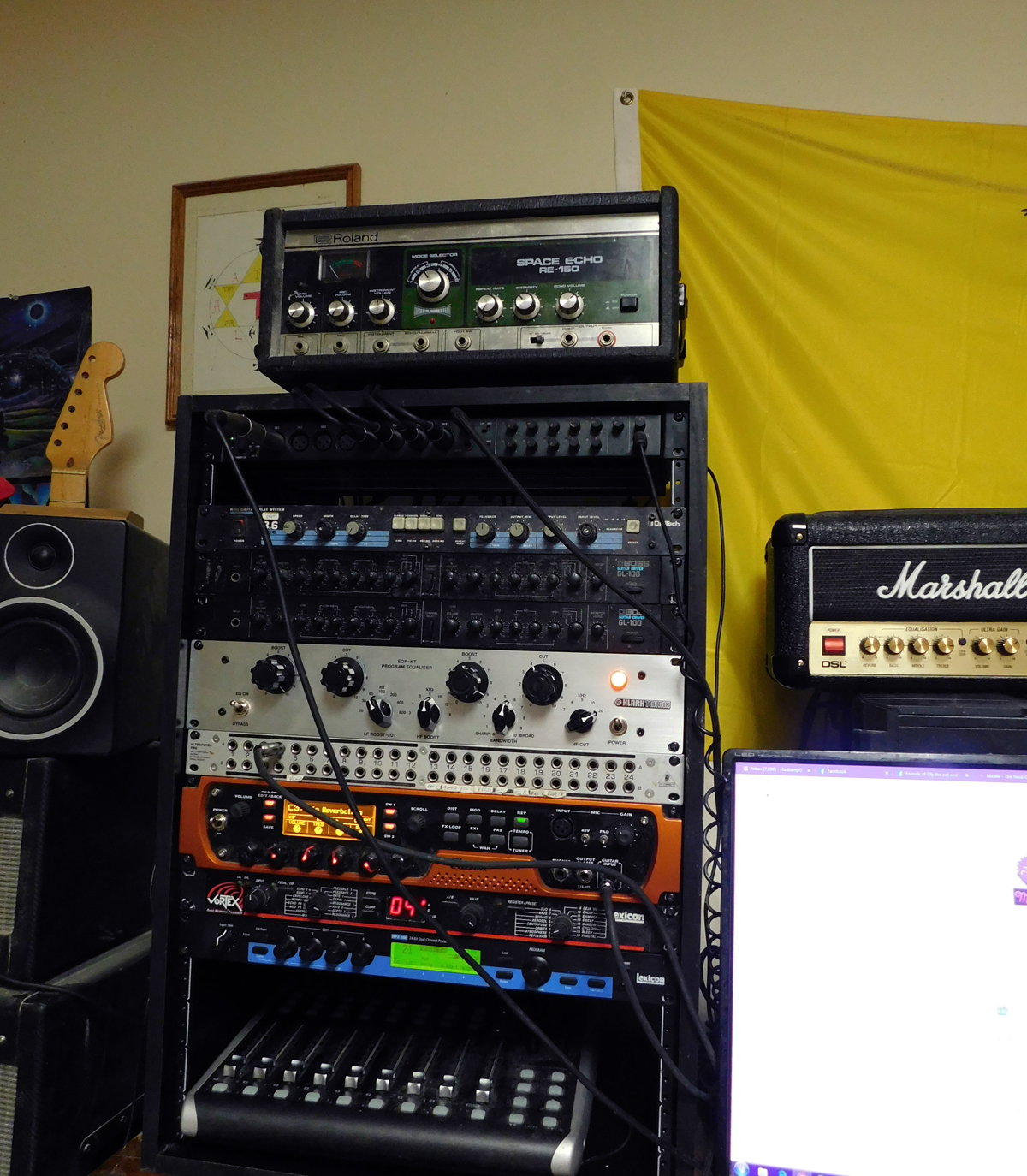qersty wrote:I have thought about the miking up thing before but it feel like a headache while at the same time really cool. I think I*ve seen robert jonston do it with like an echoplex or a reverb. The separation isn't something I had thought of. That will probably be disappointing if I wanna do weird multitap stuff. I kinda don't feel the need to run rack stuff in series tho. I kinda just wanna have it all in the end in parallell so that i can blend it in and have all serial effects before
Lots of people do okay with things in parallel, which can keep stuff easier to plan signal flows. Splitting your sources becomes the main consideration.
The old Rane SM-26 units can work as mixers or splitters, and the company had put out a tech note on all the things they do:
https://www.ranecommercial.com/legacy/p ... yMixer.pdf — worth looking at just for some ideas, even if it isn’t for you. The 26 can be very handy to expand the capabilities of other mixers, though, so worth getting at the right price. (Rane stuff is often very affordable used, but unless it’s an SM-26S with an internal transformer, don’t buy an SM-26 without its unique outboard supply.)
With the Samson SM-10 I mentioned before you can use the auxes in parallel without cascading—you just avoid using the aux sends on the returns. So let’s say you run a mono source into channel 1. You can use both the Mon send and the EFX send to split that source while keeping it running to the main mix. The rear panel send jacks are TRS stereo, and with a mono source that means a Y cord will give you two unbalanced copies of the mono Mon bus signal. The EFX bus will work the same. As a bonus, there is a TRS mono balanced Mon send jack on the front panel. So you can feed up to five effects units from channel 1 and run their returns to different channel of the mixer. If you have a second mono source, you can send a different level to the Mon and the EFX sends from the first source (or the same amount). Aux buses are mixing buses, too, like your main mixing buses, so auxes are a bit more flexible than a simple splitter. (The Rane has better control on levels sent to individual units than this approach, though.)
So that should give you thoughts of possibilities without messing with cascading rack effects. If it takes in your brain, you start working out signal flows on paper or a whiteboard or Visio or similar software. Even for parallel processing, it’s worth a bit of planning for the connections, cabling, level requirements of the units, and so forth. You don’t need to go right to the OCD of neatly bundling and zip-tying your signal cables on the opposite side from the AC cables in the back of the rack—you never have to do that, in fact. You just want to have a plan so things will work. Sounds dreadful at first, I know, but it can be fantastic when it comes together.





